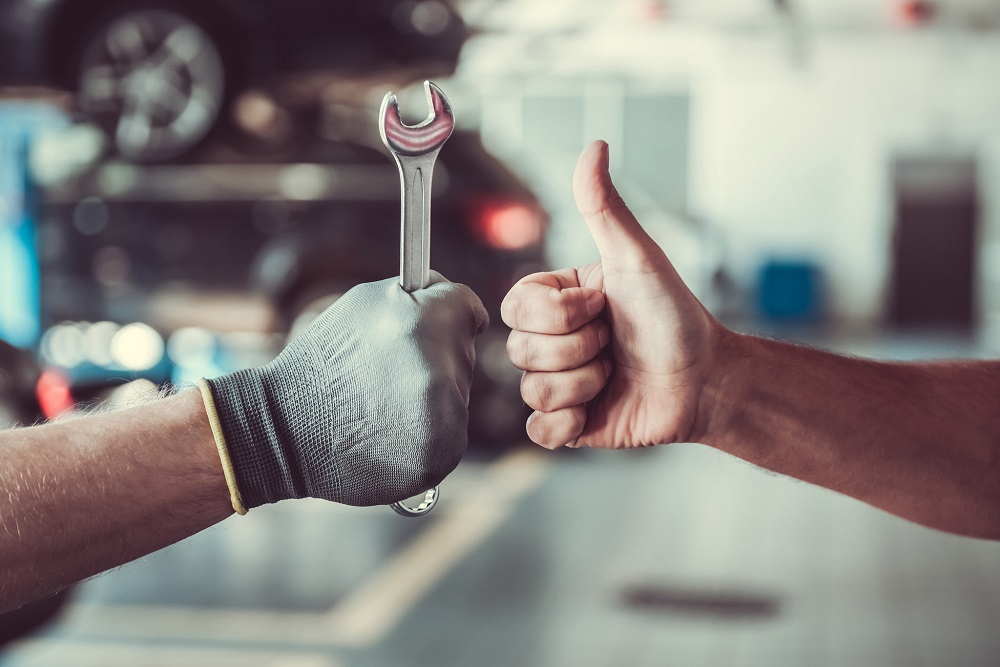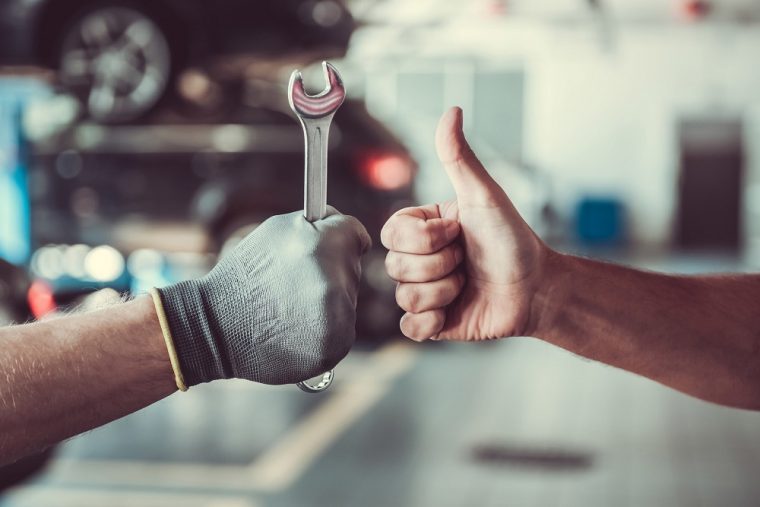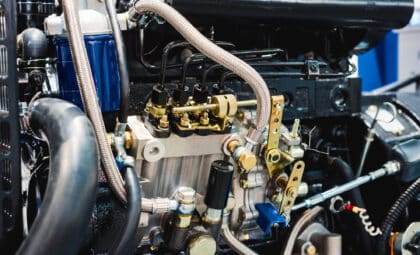Whether you’re waiting in line at the drive-thru or stuck in bumper-to-bumper traffic, rough idling can make the most boring part of driving into a downright unpleasant experience. Here’s rundown of a few things to check out if your car, truck, or SUV is rumbling while you idle.
Experiencing Other Car Problems? Critical maintenance for your car’s battery
Fuel injectors are precision components that endure a lot of wear and tear thanks to high temperatures and intense pressure. When the fuel injectors get clogged or worn out, it can lead to rough idling and decreased performance. If you think your vehicle’s fuel injectors are clogged, you can try to clean them up using a fuel tank additive, or simply have them replaced by your service technician.
Carbon deposits, ashes, and oil can build up on old spark plugs, leading to combustion issues. Even if your car has new spark plugs, an improperly gapped spark plug can cause problems. Either way, fixing your car’s clunky idling could be as simple as swapping out the spark plugs. Your car’s rough idling can also be caused by faulty spark plug wiring or bad ignition coils. The latter issue often makes itself known through a “check engine” light on your dashboard. However, a technician will be able to use specialized equipment to diagnose these issues precisely.
Your vehicle needs an appropriate amount of air flow in order to combust fuel properly — and a clogged air filter can get in the way of that. A fouled air filter can also put a dent in performance and efficiency. But the good news is that air filters are cheap and easy to replace, so there’s no downside to getting a new one every 30,000 miles or so.
Your vehicle’s oxygen sensor reads the composition of the exhaust and sends that data to a computer, which makes minute adjustments to ensure maximum performance and efficiency. But a dirty or damaged oxygen sensor can lead to improper readings — which can translate to an insufficient amount of oxygen in the system and a rough ride. You’ll need a code reader to diagnose this issue, so consult a professional for more information.
For more information on optimizing your vehicle, check out our articles on boosting your car’s fuel efficiency.
Kimiko Kidd is a native Daytonian. She graduated from Wright State University with degrees in environmental science and sociology. She loves her trusty old Honda Civic, but dreams of owning a 1974 Ford Falcon XB with a custom paint job and a vintage Kawasaki Z1000. In her free time, Kimiko can be found watercolor-painting, baking muffins, collecting rocks, playing old-school Nintendo games, writing her novel, sewing stuffed animals, and cosplaying as her favorite Mad Max characters. See more articles by Kimiko.










